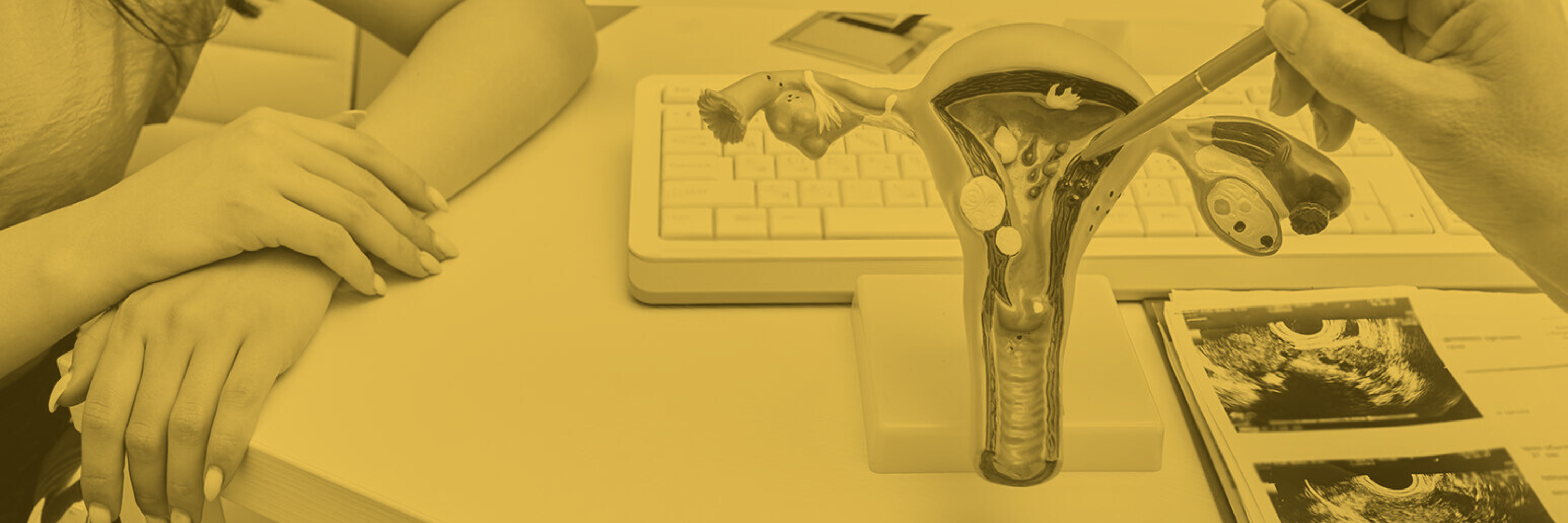Fibroids and Polyps
Uterine fibroids and endometrial polyps are some of the most common causes of abnormal bleeding and pelvic pressure symptoms, particularly in people of reproductive age. These non-cancerous growths vary in size and location, and while some may never cause issues, others can have a real impact on daily life, fertility, and wellbeing.
What Are Fibroids?
Fibroids (also known as leiomyomas or myomas) are benign muscle growths of the uterus. They can vary from tiny nodules to large, heavy growths that distort the shape of the uterus.
Fibroids are classified based on where they are located:
- Submucosal: growing into the cavity of the uterus
- Intramural: within the muscle wall
- Subserosal: projecting to the outer surface
- Pedunculated: attached by a stalk
What Are Polyps?
Polyps are small overgrowths of the uterine lining (endometrium) that protrude into the cavity. They can cause irregular or heavy bleeding and may also affect fertility.
Polyps are usually benign, but in some cases—especially post-menopause or in people with risk factors—they can contain pre-cancerous or cancerous cells.
Common Symptoms
Some people have fibroids or polyps and never know it. Others experience:
- Heavy or prolonged periods (menorrhagia)
- Bleeding between periods
- Pelvic pressure or bloating
- Painful periods
- Urinary frequency or bowel changes
- Infertility or miscarriage
How Are They Diagnosed?
Initial evaluation often includes:
- Pelvic ultrasound: Usually transvaginal, to visualise the uterus and endometrium
- Hysteroscopy: A small camera passed through the cervix to see inside the uterus
Treatment Options
Treatment depends on symptoms, size/location of the growths, fertility plans, and personal preferences.
For Fibroids:
- Watchful waiting for small, asymptomatic fibroids
- Hormonal treatments (e.g. progestins, GnRH analogues)
- Laparoscopic myomectomy: Minimally invasive surgical removal
- Hysterectomy: Removal of the uterus if childbearing is complete or other treatments are not suitable
For Polyps:
- Hysteroscopic polypectomy: Day procedure with a small camera and instruments
My Approach
I perform minimally invasive (keyhole) surgery whenever possible, which means shorter recovery times and less pain. If you need surgery, I’ll talk through all your options, what to expect, and make sure your treatment plan fits your values and goals.
Will It Affect My Fertility?
Both fibroids and polyps can contribute to infertility or miscarriage, depending on their location. Removing them may improve your chances of conceiving, especially if they distort the uterine cavity. We can explore this together if pregnancy is a goal of yours.
Is It Cancer?
In most cases, no. Both fibroids and polyps are benign. However, any abnormal bleeding — especially after menopause — should be evaluated, as a small proportion of polyps may be pre-cancerous or cancerous.

Dr Sam Holford
What’s Next?
If you’re dealing with heavy periods, pressure symptoms, or trying to conceive, it’s worth getting things checked. You don’t have to put up with it.
Book an appointmentFAQs
Useful Resources
Please note: This information is general in nature and not a substitute for medical advice tailored to your specific situation.
